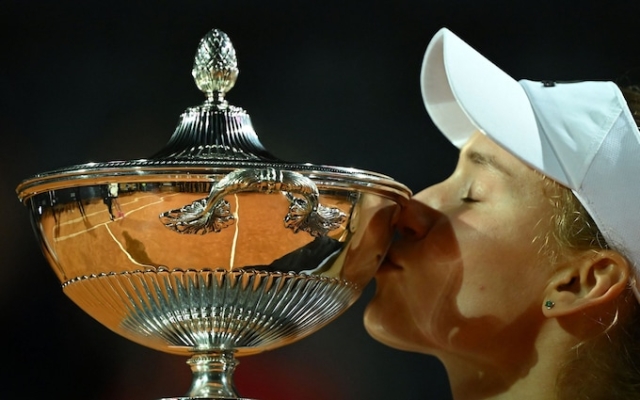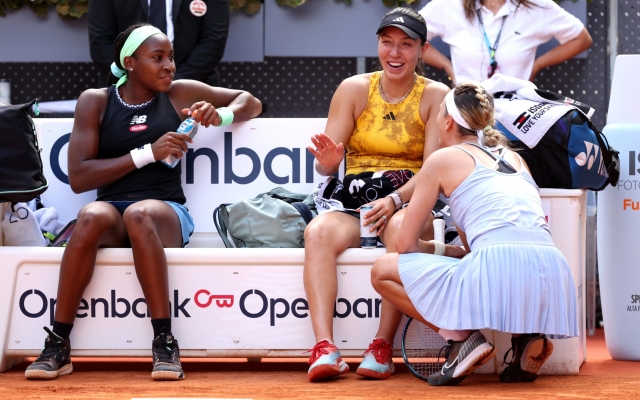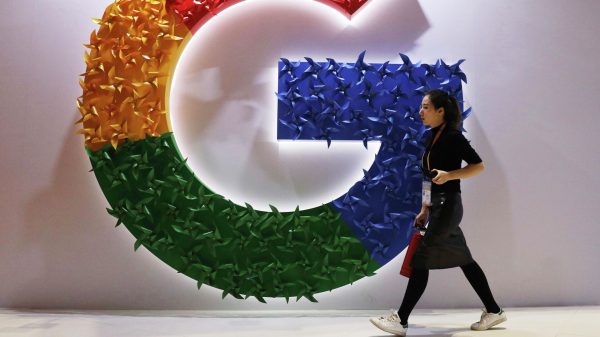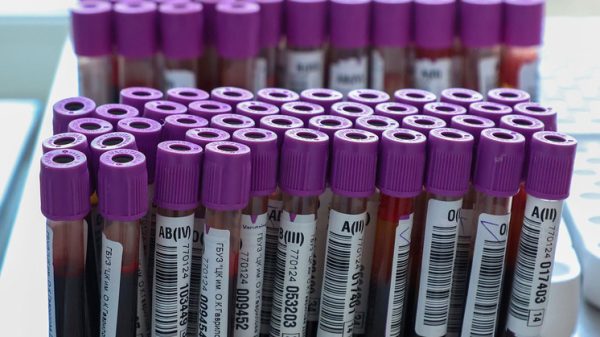 Elena Rybakina won her second title of the year in Rome after her Indian Wells triumph. Photo: Getty Images/Filippo Monteforte
Elena Rybakina won her second title of the year in Rome after her Indian Wells triumph. Photo: Getty Images/Filippo Monteforte
Tennis has long touted the fact that its biggest events pay out equal prize money to male and female players. However, this impression of equality is only supported by a secret subsidy of nearly £25 million from the Women's Tennis Association.
Hidden investment supports women's prize money at four of the biggest sub-slam combo tournaments: namely Indian Wells, Miami, Madrid and Beijing. The Association of Tennis Professionals that hosts the Men's Tour does not make an equivalent direct contribution to the tournament prize money.
The implicit subsidy is not an invention of WTA chief Steve Simon, but arose long before his appointment in 2015. Every successive head of the WTA must have hoped that the public march towards gender equality would eliminate pay. gap, leveling the market value of women.
In this case, the opposite happened. ATP has been able to increase revenue thanks to the golden generation of Roger Federer, Rafael Nadal and Novak Djokovic. However, these combined developments did not lead to a commensurate increase in the wage offer for women. A classic example of tennis mismanagement, the ATP is setting the prize money in combo tournaments, but the gap with the WTA is only widening.
This puts the WTA in a potentially unsustainable position in the long run. The most significant amounts are in the four Premier Mandatory tournaments. The owners of these events, which include Oracle billionaire Larry Ellison of Indian Wells and super agency IMG of Miami and Madrid, pay only 38% of the prize money.
The remaining 62 percent, which is almost £4.4 million per tournament, goes to the WTA. Six other significant events — Doha, Dubai, Wuhan, Rome, Cincinnati and Toronto/Montreal — are also subsidized in a similar way. Here's the backstory to a scathing editorial published last week by John Millman, a former member of the ATP Players Council, on news.com.au.
“Equality in prize money between men and women in tennis can be put to bed,” wrote Millman. «It will not happen. Tennis principles and equality have been thrown out the window by some bad WTA decisions.»
Millman did not mention an implicit subsidy, but did list relative touring revenues from 2021, which put the ATP at £142 million and the WTA at £71 million.
By comparison, in 2021, ATP golf's cousin PGA generated £1.28bn in revenue while hosting events itself, while the tennis model involves leasing out franchises to third parties. The WTA's continued commitment to equal prize pools at major tournaments has placed a huge strain on its finances.
By signing a £64m four-year deal last year with new sponsor Hologic, the company immediately boosted its revenue with £40m up front to help with cash flow. It then sold 20% of its business activities to private equity firm CVC in March in exchange for another £120m of ready-made funds.
The subsidy was especially helpful for the recent Mutua Madrid Open, which was accused of discriminating against female players in scheduling and other issues. Criticism would certainly have been much louder if it had been known that the tournament brought in less than £3m out of the £7m prize money received by the champion Arina Sobolenko and her rivals.
 In recent weeks, prominent players such as Jessica Pegula (center) have been speaking out about prize inequality. Photo: Getty Images/Clive Brunskill
In recent weeks, prominent players such as Jessica Pegula (center) have been speaking out about prize inequality. Photo: Getty Images/Clive Brunskill
When tournaments involve prize money differences, they usually indicate market forces. The latest figures show that combo tournaments like Madrid are making almost 10 times more from ATP Media than from an equivalent WTA TV deal with Perform.
The four Grand Slams are an anomaly in that they do indeed pay out equal prize money, but one could argue that they are so wealthy that they can afford to be guided by principles rather than strict commercial logic. The WTA's commitment to equal prize pools exists only at major non-Grand Slam tournaments.
It has long been known that the amounts below the pyramid are unequal. A study by the Financial Times last year found that «the total prize money for the men's tour this year is 75% higher than the women's, the biggest gap since 2001.»
The picture is further complicated by the ATP bonus pool and profit sharing systems that offer £16 million to the top 30 players among other benefits. There are no analogues in the WTA Tour. Telegraph Sport asked the WTA to comment on these issues and received the following response:
“The WTA will always and will continue to strive for the equality that our athletes deserve and ultimately to achieve an equal level of remuneration at all levels of our tour. Millman's article and the thoughts you expressed about Madrid are wrong and accurate at the same time.
“The question of equal prizes is not about strategy, since both rounds have similar strategies. It's about the realities of the value the market pays for women's sports property rights versus men's sports property rights. As Mr. Millman pointed out, there is a significant difference in the amount of rights fees and sponsorship fees paid by the market for a similar set of rights.
“Unfortunately, this is true of all women's sports venues and is a direct result of the differences in reward levels that we see. It's time for the market to step up and support women's sports facilities to the level they deserve. Equal prize money events like Indian Wells, Miami, Madrid and Beijing deserve to be recognized and commended for their commitment.
«Despite the difference in allocation levels provided by the ATP and the WTA for these events, each of these events has taken on additional investment from these event-related ticket sales to ensure that all athletes are compensated at equally as they deserve. They should be celebrated, and with Rome's recent announcement that it will pay equal prize money by 2025, progress, though never fast enough, is being made.»
























































Свежие комментарии